Biodynamic principles of Osteopathy in the cranial field
The biodynamic model of osteopathy in the cranial field is originally developed by Dr. James Jealous. The courses are for postgraduate, fully licensed osteopaths with a curriculum designed for those with prior training in Osteopathy in the Cranial Field.
The biodynamicmodel is based upon nine phases.
The following teaching topics will be discussed:
9 phases
Of postgraduate courses
Phase 1
In Phase 1 we study the different approaches in osteopathic treatment: from bio-mechanical over functional to osteopathy in the cranial field. We revisit Dr Sutherland’s approach to Osteopathy in the later years of his life when he was working with Balanced Fluid Tension (BFT).
We explore:
We learn how to rebalance our patient.
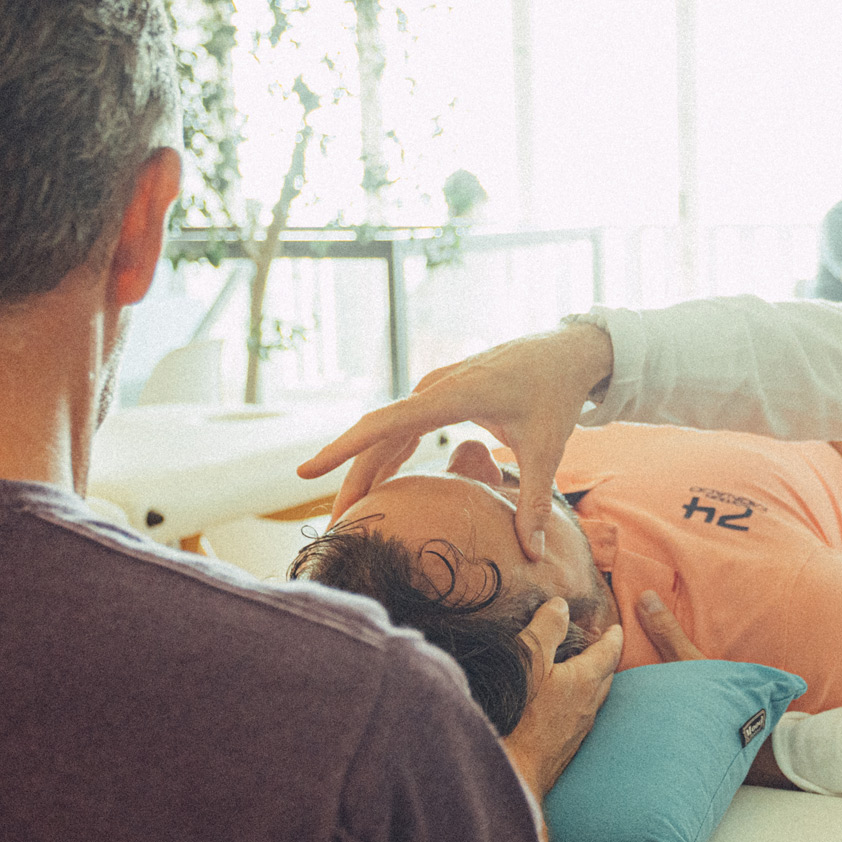
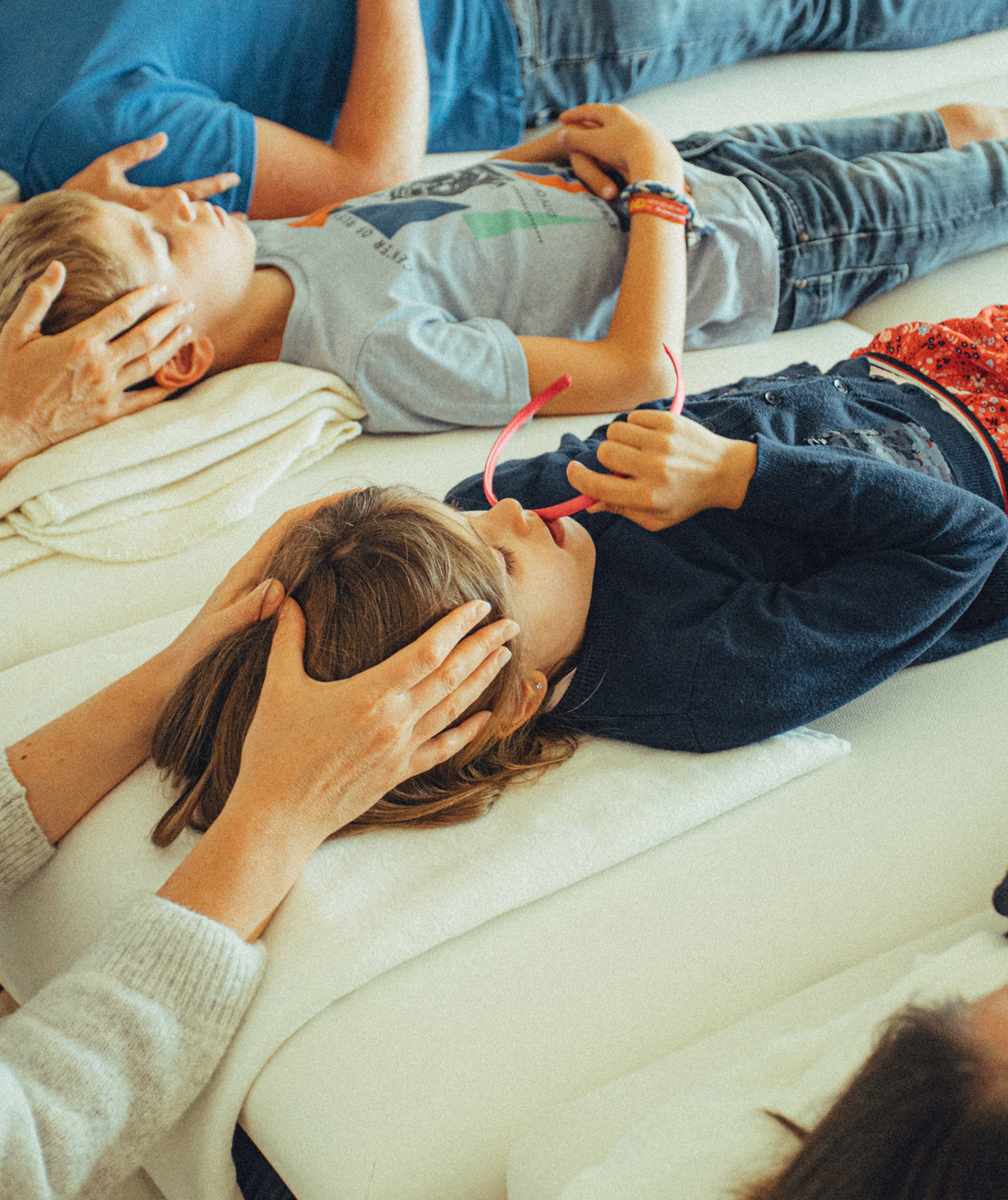
Phase 2: The ‘fluid body’
Is about the concept of the ‘fluid body’ or zone B through an in-depth perception of fluid dynamics and its clinical significance.
We learn about:
Phase 3: The Long Tide
Phase 3 is about The Long Tide. Throughout the course, the skill of tempo, humility and synchronizing with the Health will be developed.
We study:
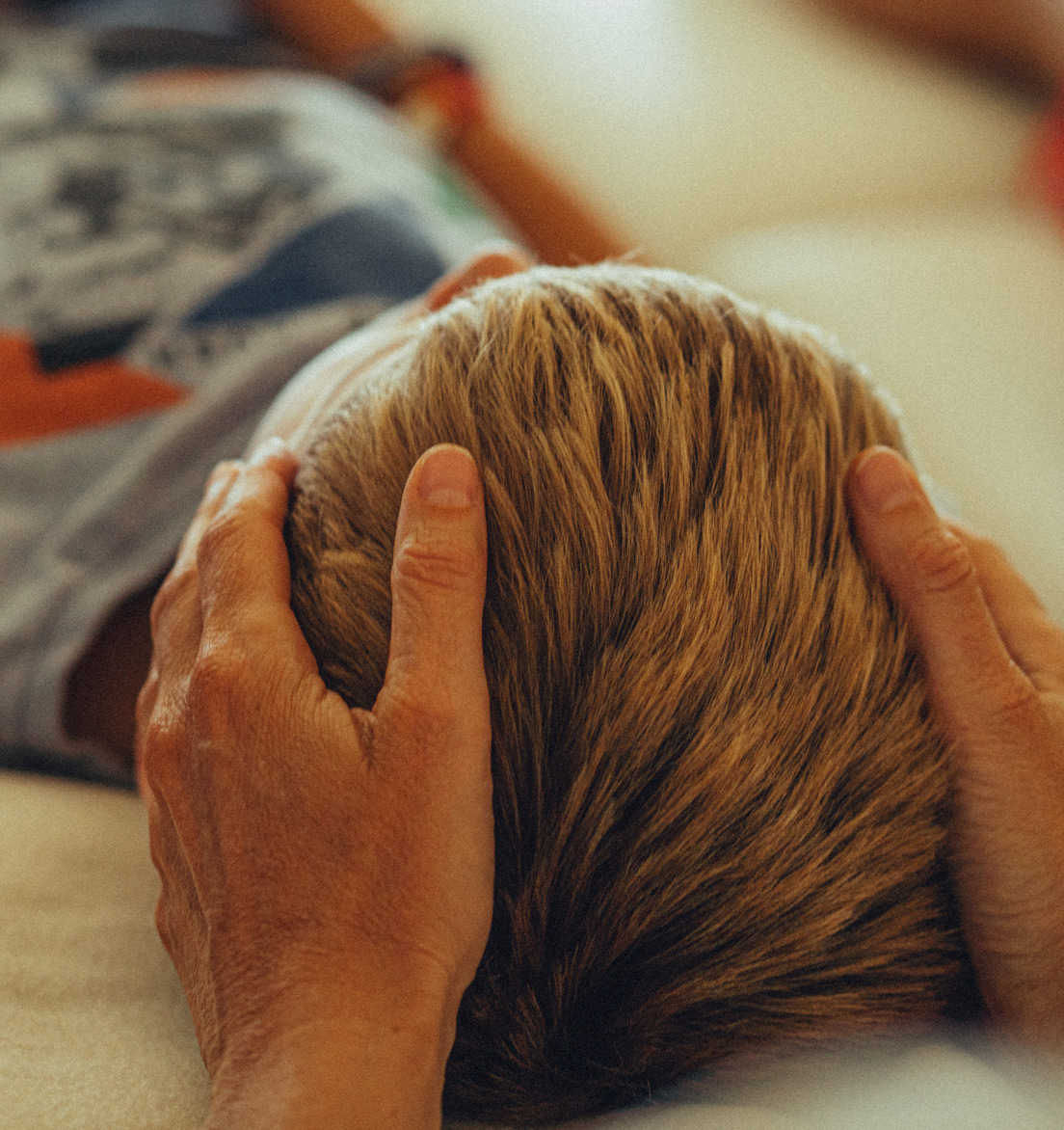

Phase 4: The midline
Is about the midline that centers us and the history of the midline in Osteopathy.
We study:
Phase 5: Integration of first 4 phases
Is a time to integrate the first 4 phases in our practice and life.
We study:
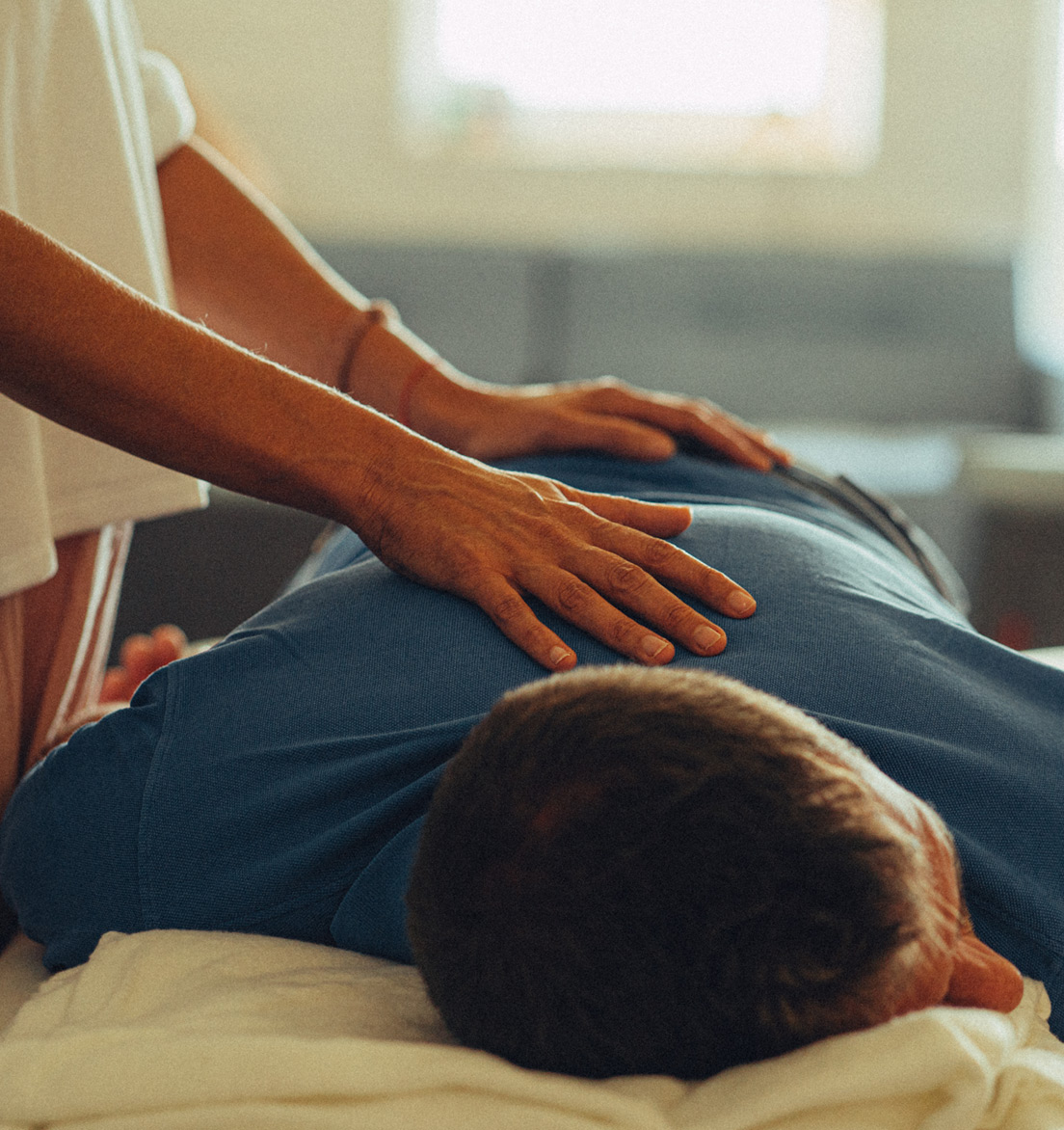

Phase 6:
We study:
Phase 7: The health
Phase 7 is about The Health.
We study:
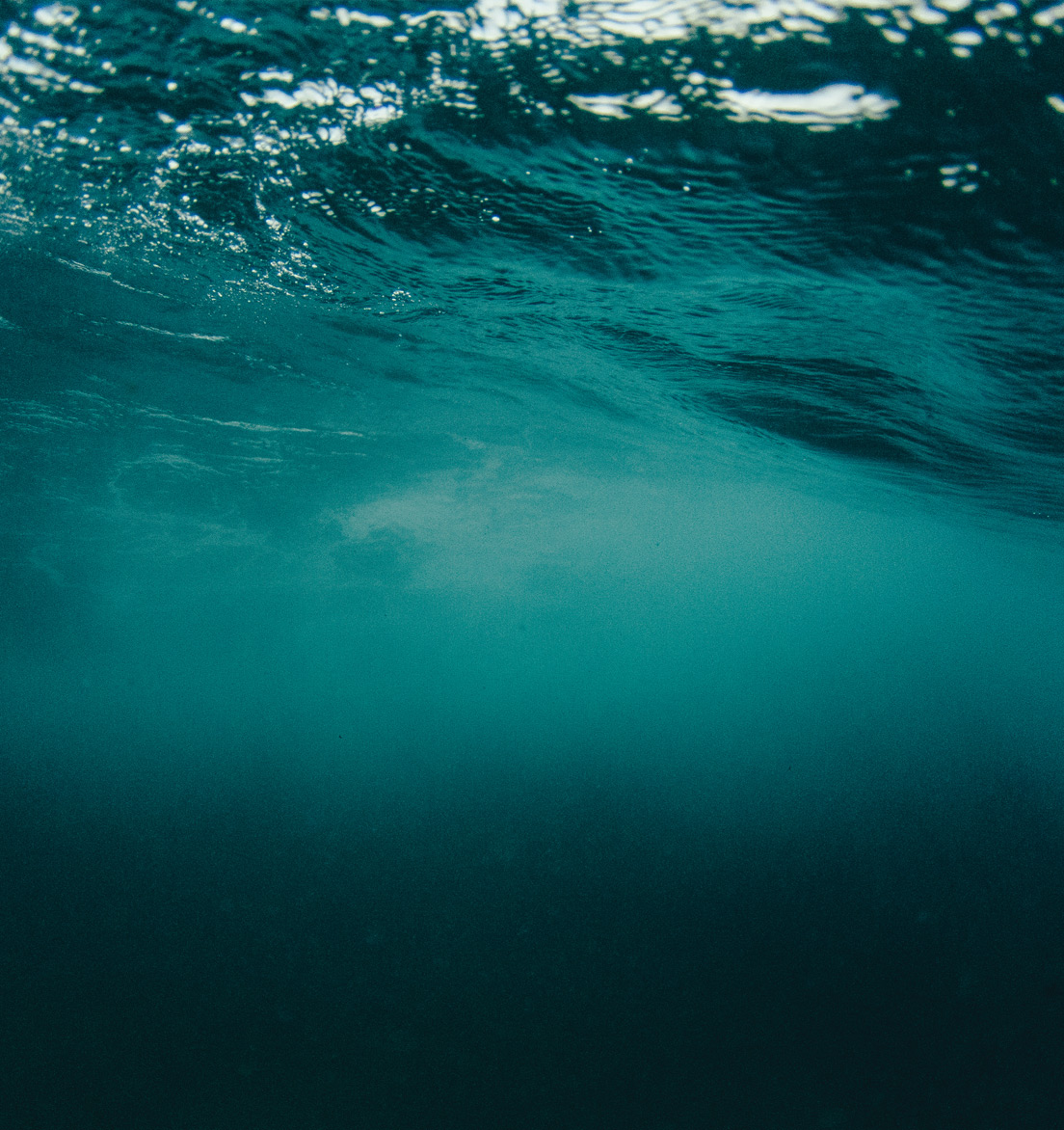
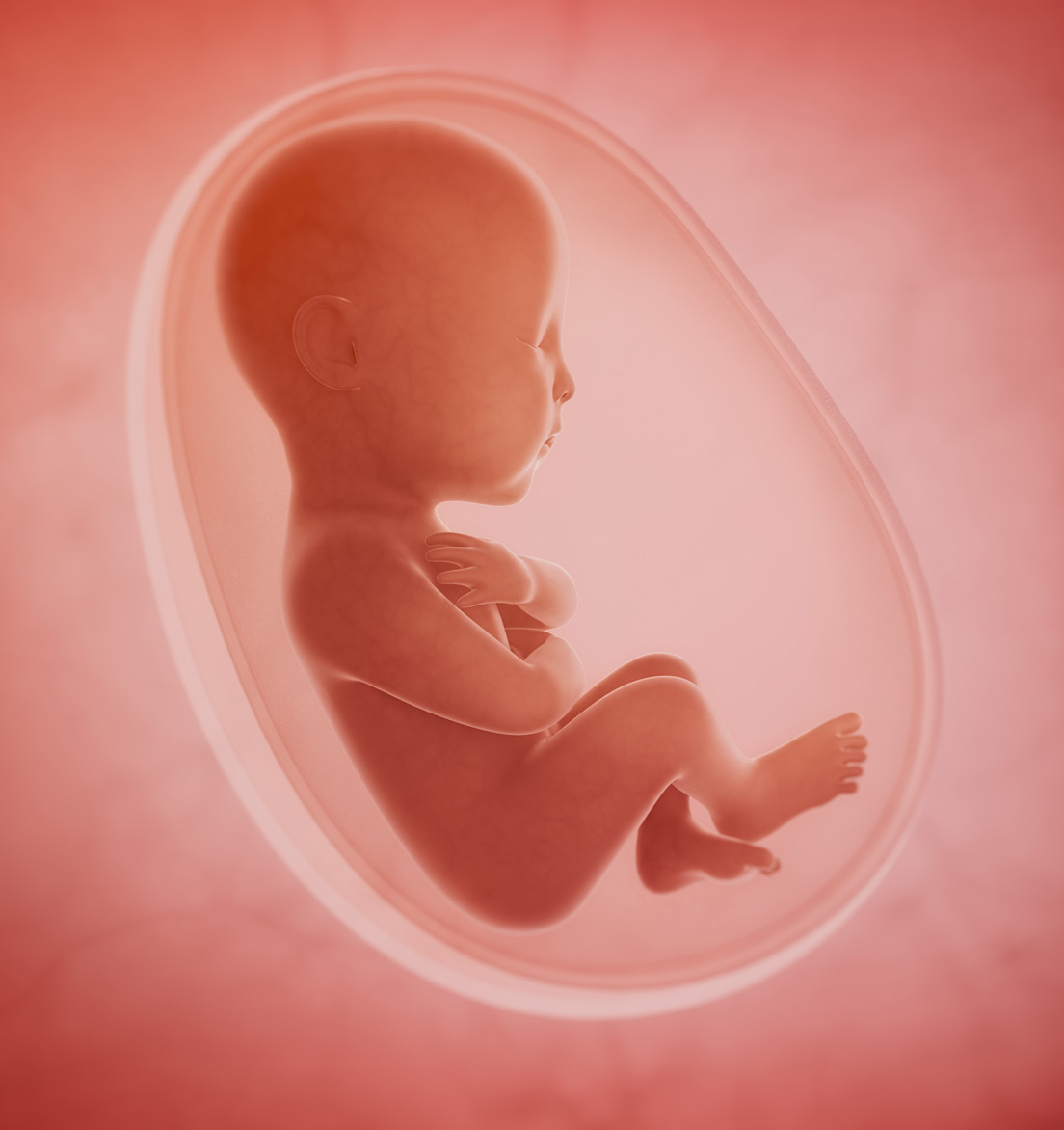
Phase 8:
Phase 8 is about Wholeness.
We study:
Phase 9:
This course embraces precision and decision making in severe CNS trauma.
This course requires that individuals have completed Phases I-VIII.
We study:


